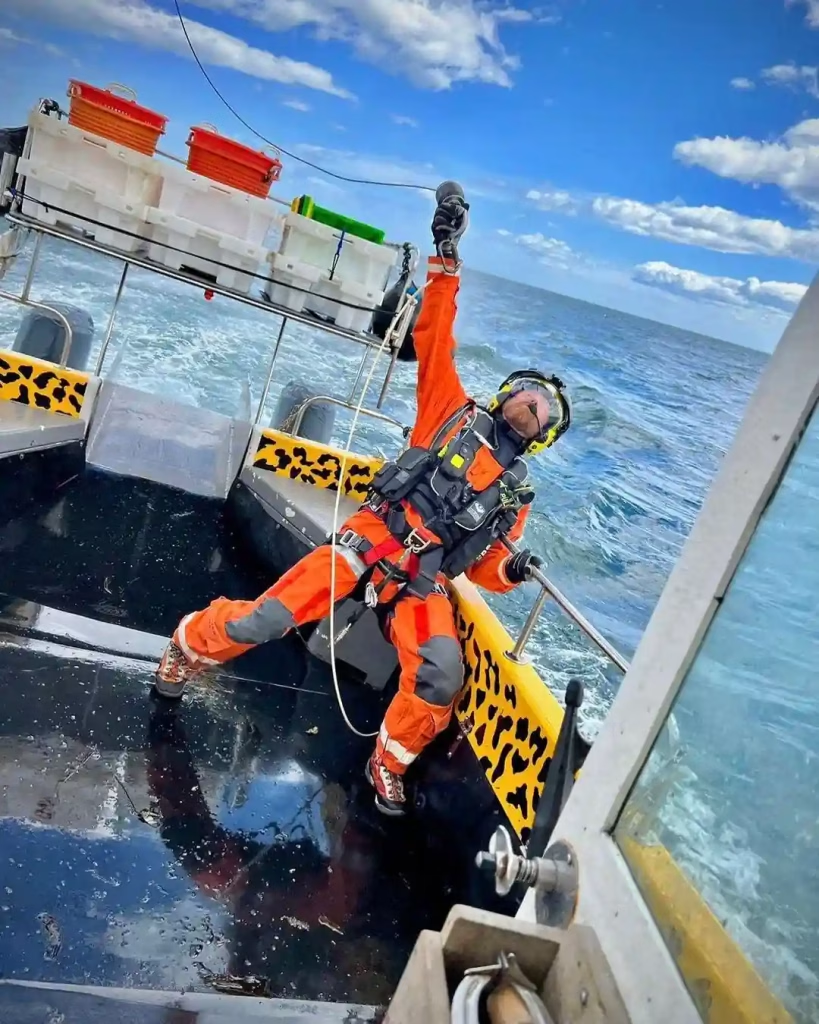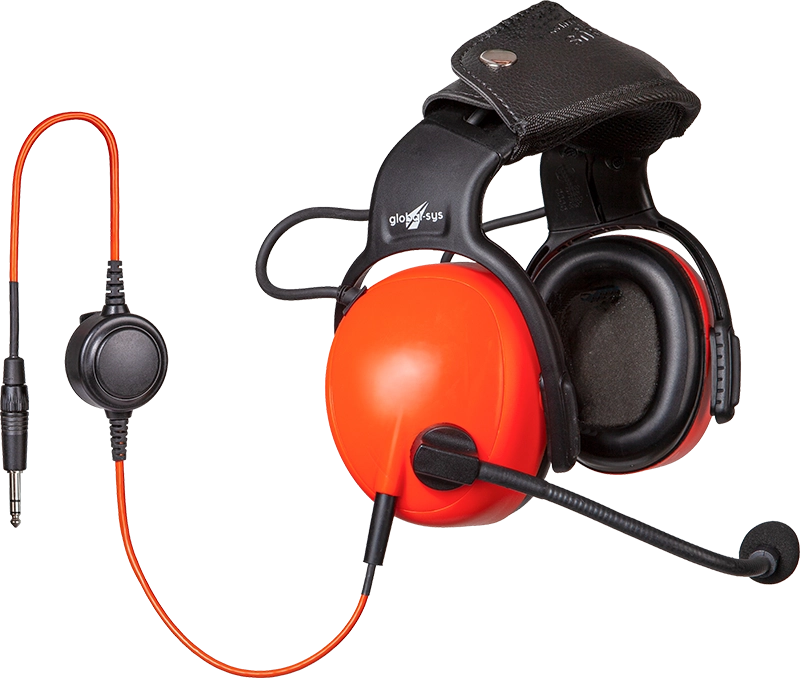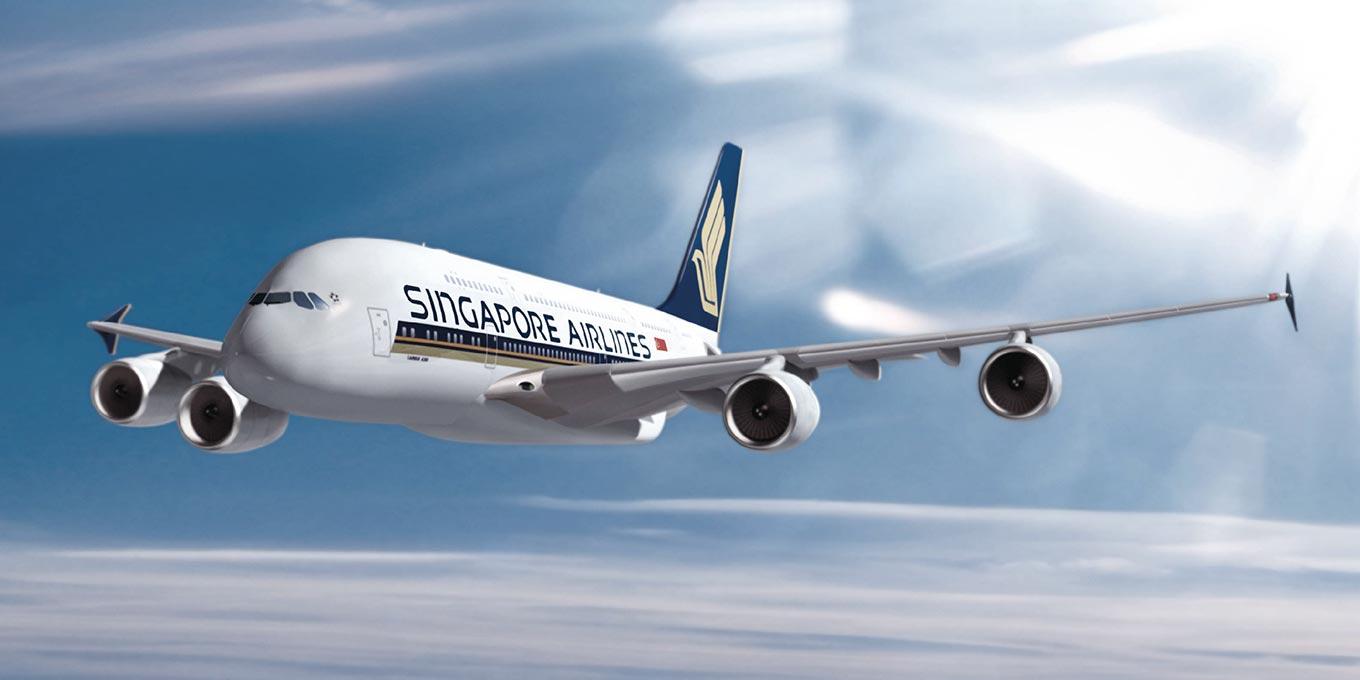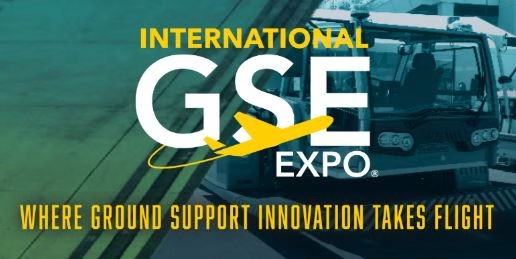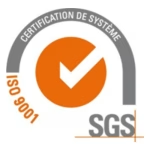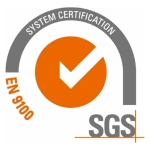Search and Rescue (SAR mission) operations depend on reliable long-range audio communication to coordinate efforts in remote and extreme environments. The air rescue service plays a crucial role in coordinating these efforts, particularly in challenging conditions. The rescue coordination center (RCC) is also vital, organizing SAR operations across various regions and ensuring effective responses to distress situations. Whether rescuing individuals in mountainous terrain, at sea, or in disaster-stricken areas, clear and continuous audio communication is essential. However, ensuring seamless radio technology interoperability worldwide requires adherence to global communication standards and the use of appropriate radio frequencies. This article explores the challenges, technologies, and standards supporting rescue communication systems in SAR missions.
Challenges of long-range communication in search and rescue operations
Environmental and operational challenges
SAR missions often take place in harsh conditions, where maintaining long-distance communication is difficult due to:
- Terrain obstacles: Mountains, forests, and urban environments can obstruct signals.
- Weather interference: Extreme conditions such as storms, heavy rain, and snow can disrupt audio communication.
- Remote locations: Operations in open sea, deserts, or polar regions require robust radio technology to maintain connectivity.
- Natural disasters: Earthquakes, floods, and hurricanes pose significant challenges for communication infrastructure and SAR operations.
Technical challenges in long-range communication
Ensuring reliable long-range communication involves overcoming several technical issues:
- Signal degradation: Over long distances, radio signals weaken, making clear reception difficult.
- Interference: Competing signals from other devices or atmospheric conditions can cause disruptions.
- Frequency availability: Different regions have varying radio standards, making global interoperability a challenge.
- Latency issues: Delays in transmission, particularly with satellite-based solutions, can impact real-time coordination.
Technologies and standards for long-range audio communication
Commonly used radio and synthetic aperture radar technologies
Several radio technology solutions support long-distance communication in SAR missions:
- VHF (Very High Frequency) and UHF (Ultra High Frequency) Radios: Used extensively for short- to medium-range communication, with limited long-range capabilities.
- HF (High Frequency) Radios: Enable global long-range communication via ionospheric propagation, making them ideal for SAR missions in remote areas.
- Satellite Communication (SATCOM): Provides near-global coverage, often used when traditional radio systems are ineffective.
- Digital Mobile Radio (DMR) and TETRA: Secure and resilient communication systems commonly used in professional rescue operations.
Global communication standards
International bodies regulate radio standards to ensure interoperability and reliability:
- ITU (International Telecommunication Union): Defines frequency allocations and global radio standards.
- ICAO (International Civil Aviation Organization): Establishes regulations for aeronautical communication in SAR missions.
- IMO (International Maritime Organization): Manages maritime distress communication standards (e.g., GMDSS for sea-based SAR missions).
- P25 and TETRA Standards: Ensure compatibility between different public safety communication systems worldwide.
- U.S. Coast Guard: Enforces communication standards for SAR operations, coordinating rescue efforts and providing critical emergency response services under the national SAR program.
International law and Regulations
International law and regulations play a pivotal role in ensuring that search and rescue (SAR) operations are conducted efficiently and effectively across the globe. These regulations provide a framework that SAR teams and organizations must adhere to, facilitating coordinated efforts and enhancing the overall success of rescue missions.
Impact on global communication standards
Organizations such as the International Maritime Organization (IMO) and the International Civil Aviation Organization (ICAO) are instrumental in developing and implementing standardized communication protocols for SAR operations. These protocols include the use of standardized language, communication formats, and emergency beacons, which are crucial for effective coordination.
For instance, the IMO’s Global Maritime Distress and Safety System (GMDSS) mandates that ships carry emergency beacons capable of sending distress signals to nearby ships and coastal authorities. This system ensures that maritime SAR operations can be initiated promptly and coordinated efficiently. Similarly, ICAO’s Aeronautical Search and Rescue (ASAR) system requires aircraft to be equipped with emergency beacons that can transmit distress signals to nearby aircraft and air traffic control, facilitating timely air rescue services.
Compliance and enforcement in SAR operations
Compliance with international SAR standards is essential for the success of rescue operations. SAR teams and organizations must adhere to regulations set by bodies like the IMO and ICAO to ensure their operations are safe and effective. For example, the IMO’s International Convention for the Safety of Life at Sea (SOLAS) requires ships to have comprehensive safety plans, including procedures for emergencies such as fires, floods, and collisions. Similarly, ICAO’s Convention on International Civil Aviation mandates that aircraft have safety plans for emergencies like engine failures and medical crises.
Enforcement of these standards is typically the responsibility of national authorities, such as coast guards and aviation authorities. These entities conduct inspections and audits to ensure compliance, thereby maintaining high standards of safety and efficiency in SAR operations. This regulatory oversight is crucial for the coordination and success of rescue missions, ensuring that all involved parties are prepared and capable of responding to emergencies.
Types of Search and Rescue
Search And Rescue (SAR) operations encompass a wide range of activities, each tailored to specific environments and scenarios. Understanding the different types of SAR operations is essential for appreciating the unique challenges and requirements of each.
Overview of different SAR missions
- Air Sea Rescue (ASR): ASR operations are dedicated to rescuing individuals in distress at sea using aircraft such as helicopters and planes. These operations require teams to be adept at operating in maritime environments and communicating effectively with ships and other aircraft. The coordination between air and sea units is critical for the success of these missions.
- Ground Search and Rescue (GSAR): GSAR operations focus on locating and rescuing individuals on land. These missions often involve teams of searchers and rescue personnel who must navigate various terrains and weather conditions. Effective ground search operations rely on the ability to communicate and coordinate efforts across large, often challenging areas.
- Mountain rescue: Mountain rescue operations are specialized missions aimed at rescuing individuals in mountainous regions. These operations require specialized equipment and techniques to navigate the difficult terrain and adverse weather conditions commonly encountered in such environments. Mountain rescue teams must be highly trained and prepared for the unique challenges posed by high-altitude rescues.
- Maritime SAR: Maritime SAR operations involve the use of ships and boats to rescue individuals in distress at sea. These operations require teams to be skilled in maritime navigation and communication, often coordinating with other ships and aircraft to execute successful rescues. The ability to operate in open water and respond to emergencies quickly is vital for maritime SAR teams.
- Synthetic Aperture Radar (SAR): SAR technology is used in search and rescue operations to detect and locate individuals in remote or hard-to-reach areas. This advanced radar technology allows SAR teams to identify targets through various obstacles, such as dense forests or mountainous terrain. Teams using synthetic aperture radar must be proficient in operating the equipment and interpreting the data to conduct effective rescues.
Each type of SAR operation demands specialized training, equipment, and techniques. SAR teams must be versatile and capable of adapting to different environments while maintaining effective communication with other stakeholders. This adaptability and preparedness are key to the success of search and rescue missions across the globe.
Applications in SAR missions and extreme environments
How SAR teams use long-range communication technologies
Effective rescue communication systems rely on a combination of technologies:
- Ground-to-air coordination: Helicopter crews and ground teams communicate using HF, VHF, and SATCOM to ensure precise search patterns and victim extraction.
- Maritime SAR operations: GMDSS-compliant systems facilitate emergency distress calls and coordination among rescue vessels.
- Rescue swimmers: Specialized Coast Guard personnel trained to perform rescues in maritime environments, playing a critical role in ensuring effective responses to distress situations at sea.
- Wilderness and disaster recovery: HF radio enables communication over vast, infrastructure-limited areas where cellular networks are unavailable.
Innovations improving long-range communication
Emerging technologies are enhancing long-range communication capabilities:
- Software-Defined Radio (SDR): Allows for adaptable frequency usage and improved signal resilience.
- Mesh networks: Provide dynamic, self-healing communication links in disaster zones.
- AI-Assisted Signal Processing: Reduces interference and improves clarity in adverse conditions.
- Next-Generation satellite networks: Low Earth Orbit (LEO) satellite constellations offer lower latency and higher data throughput for real-time SAR communications.
Search and rescue teams benefit significantly from these innovations, as they enhance their ability to operate in challenging environments and respond to emergencies effectively.
Reliable long-distance communication is vital for the success of any SAR mission. While various radio standards and radio technology solutions exist, the choice depends on the mission’s specific requirements. HF radio remains a proven solution for global coverage, while satellite networks provide modern, highly reliable alternatives. As aviation technology and rescue communication systems evolve, the future of SAR missions will benefit from continued innovation in audio communication and long-range communication technologies. For further insights, explore related resources on radio frequencies, communication networks, and emerging solutions in SAR missions.
